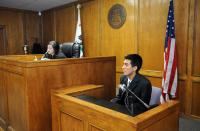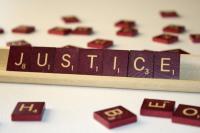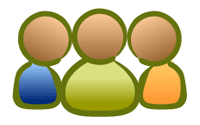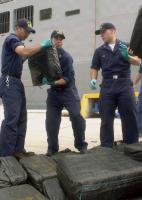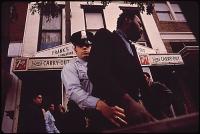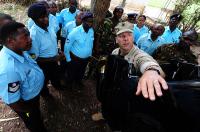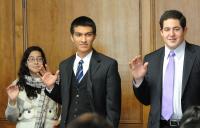
Foundations in Law 1: Human Nature, Rules, and Power
In this unit, students consider why humans make rules, what purposes rules and laws serve, and how legal structures both distribute and concentrate power. Using the U.S. Constitution and the U.S. legal system as a point of comparison, students decide what role the voice of youth plays in decision-making. Students collaborate, conduct research, and consider how their personal interests, working styles, and skills apply to professions in the fields of law and law enforcement.


